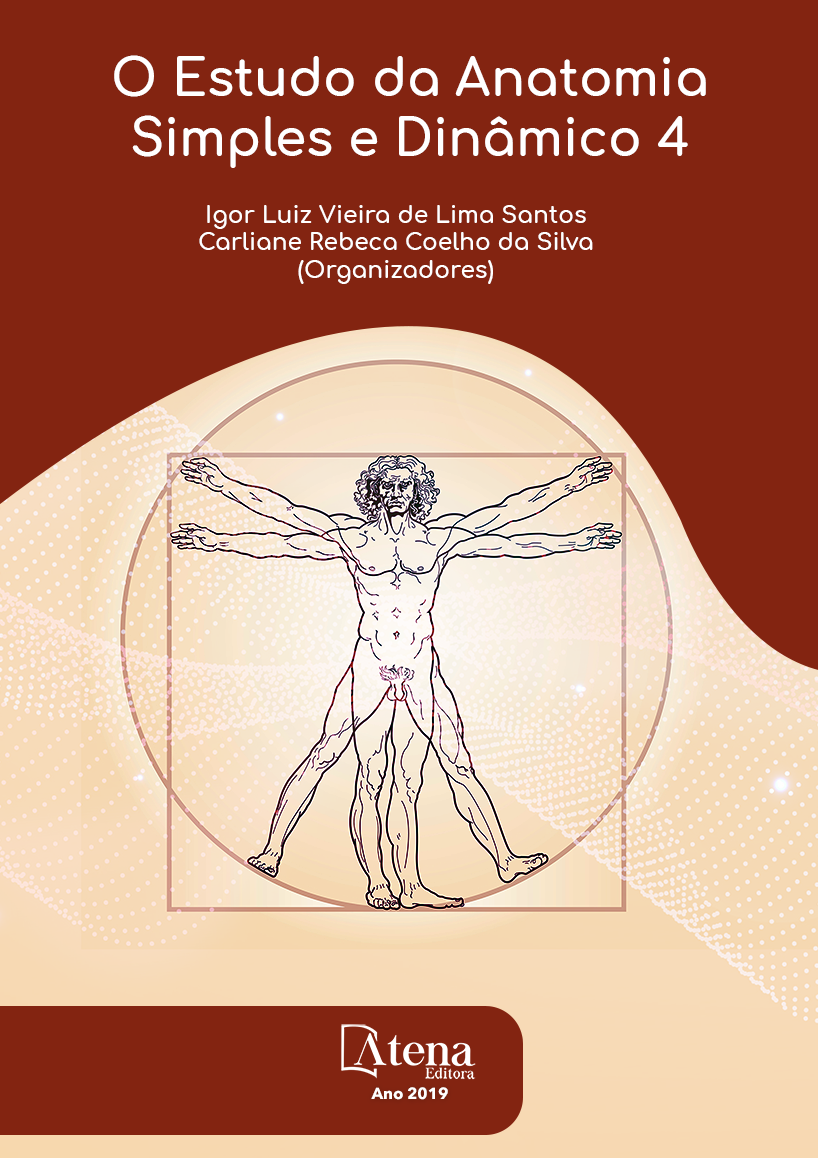
ASPECTOS NA RESSONÂNCIA MAGNÉTICA DA ARTÉRIA SUBCLÁVIA DIREITA ABERRANTE
A artéria subclávia direita aberrante
é a anomalia mais comum do arco aórtico,
na qual a artéria se origina após surgimento
da artéria subclávia esquerda, na vertente
superior da aorta, cruzando a linha média
entre o esôfago e a coluna. O objetivo deste
estudo foi relatar variação anatômica da artéria
subclávia direita por angioressonância em
paciente assintomático. O consentimento foi
obtido em termo assinado, para fins de relato
de caso. Como bases de dados, foi revisada
a literatura dos últimos 10 anos, utilizando a
Scientific Eletronic Library Online (SciELO),
United States National Library of Medicine
(PubMed) e Literatura Latino Americana em
Ciências da Saúde (LILACS), indexadas na
Biblioteca Virtual em Saúde (BVS). Após a
paciente ter apresentado quadro de lapsos de
memória, após síndrome gripal, foi solicitado
por sua geriatra o exame de ultrassonografia
com Doppler de carótidas. No entanto, a
investigação prosseguiu com angioressonância
onde foi detectada a variação anatômica. Este
estudo concluiu que a identificação cuidadosa
de uma anatomia anormal no arco aórtico
é essencial para eventuais agravos. Entre
as ferramentas de diagnóstico, o exame de
angioressonância é mais eficaz, porque fornece
um diagnóstico mais rápido e preciso do que
imagem de ultrassonografia.
ASPECTOS NA RESSONÂNCIA MAGNÉTICA DA ARTÉRIA SUBCLÁVIA DIREITA ABERRANTE
-
DOI: 10.22533/at.ed.44719250910
-
Palavras-chave: Artéria subclávia. Arco aórtico. Anomalia.
-
Keywords: Subclavian antery. Aortic arch. Anomaly.
-
Abstract:
The aberrant right subclavian
artery is the most common anomaly of the aortic
arch, in which the artery originates after the
emergence of the left subclavian artery, in the
upper aorta slope, crossing the midline between
the esophagus and the spine. The objective of
this study was to report anatomical variation of
the righ subclavian artery by angioresonance in
na asymptomatic patient. The consent was obtained ins signed form, for purposes of
case report. As databases, the literature of the last 10 years was reviewed using the
Sientific
Electronic Library Online (SciELO), United States National Library of Medicine (PubMed)
and Latin American Health Sciences Literature (LILACS), indexed in the Virtual Library
in Health (VHL). After the patient presented a picture of memory lapses after flu-like
illness, her geriatrician requested a carotid Doppler ultrasonography. However, the
investigation proceeded with angioresonance where the anatomical variation was
detected. This study concluded that careful identification of na abnormal anatomy
in the aortic arch is essential for any inury. Among diagnostic tools, angioresonance
examination is more effective because it provides a faster and more accurate diagnosis
than ultrasound imaging.
-
Número de páginas: 15
- Andiry Thamakave Leite Guedes
- Gabriela Lira Nóbrega Falconi de Carvalho
- Lincoln da Silva Freitas
- Ana Helena Leandro Cordeiro


